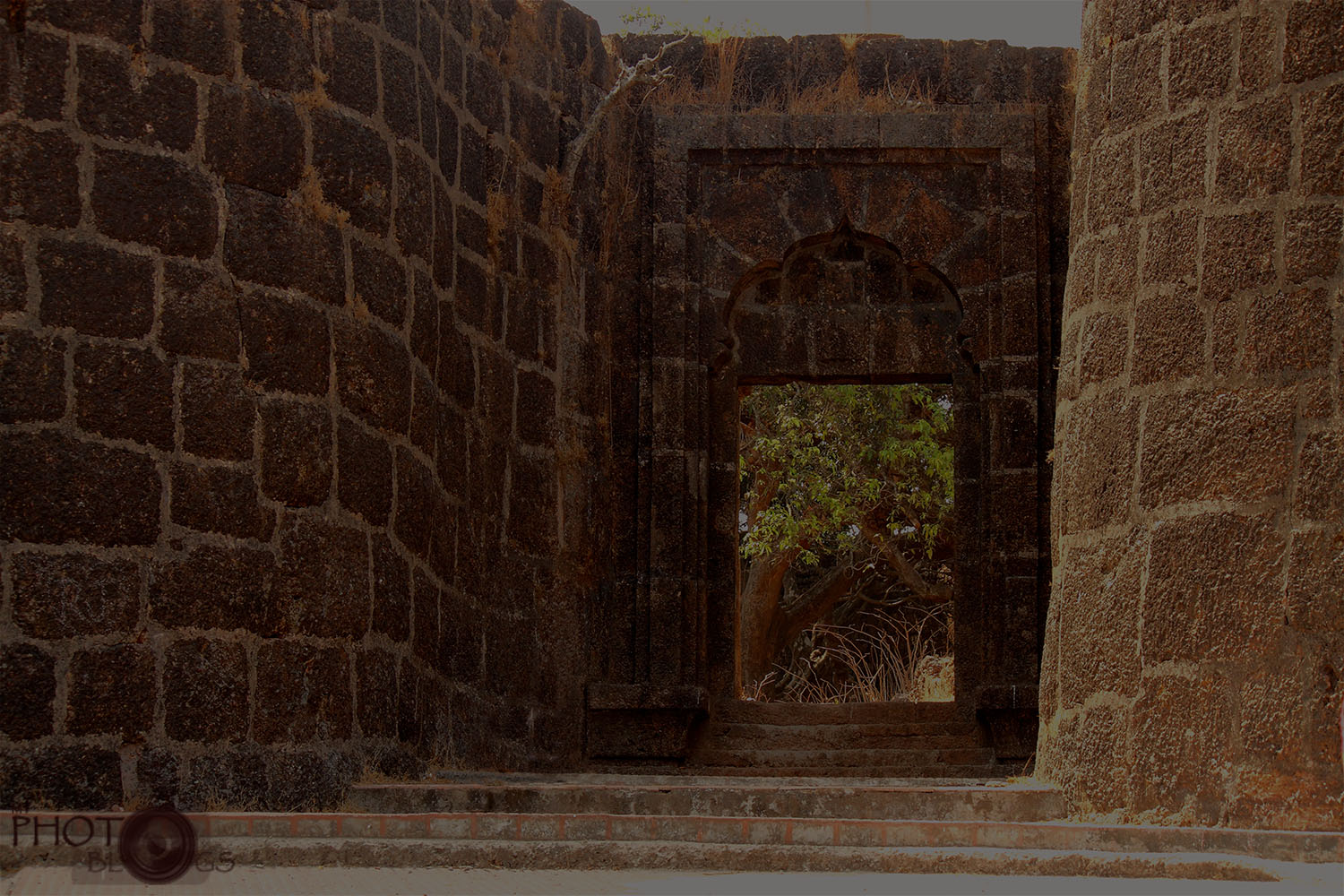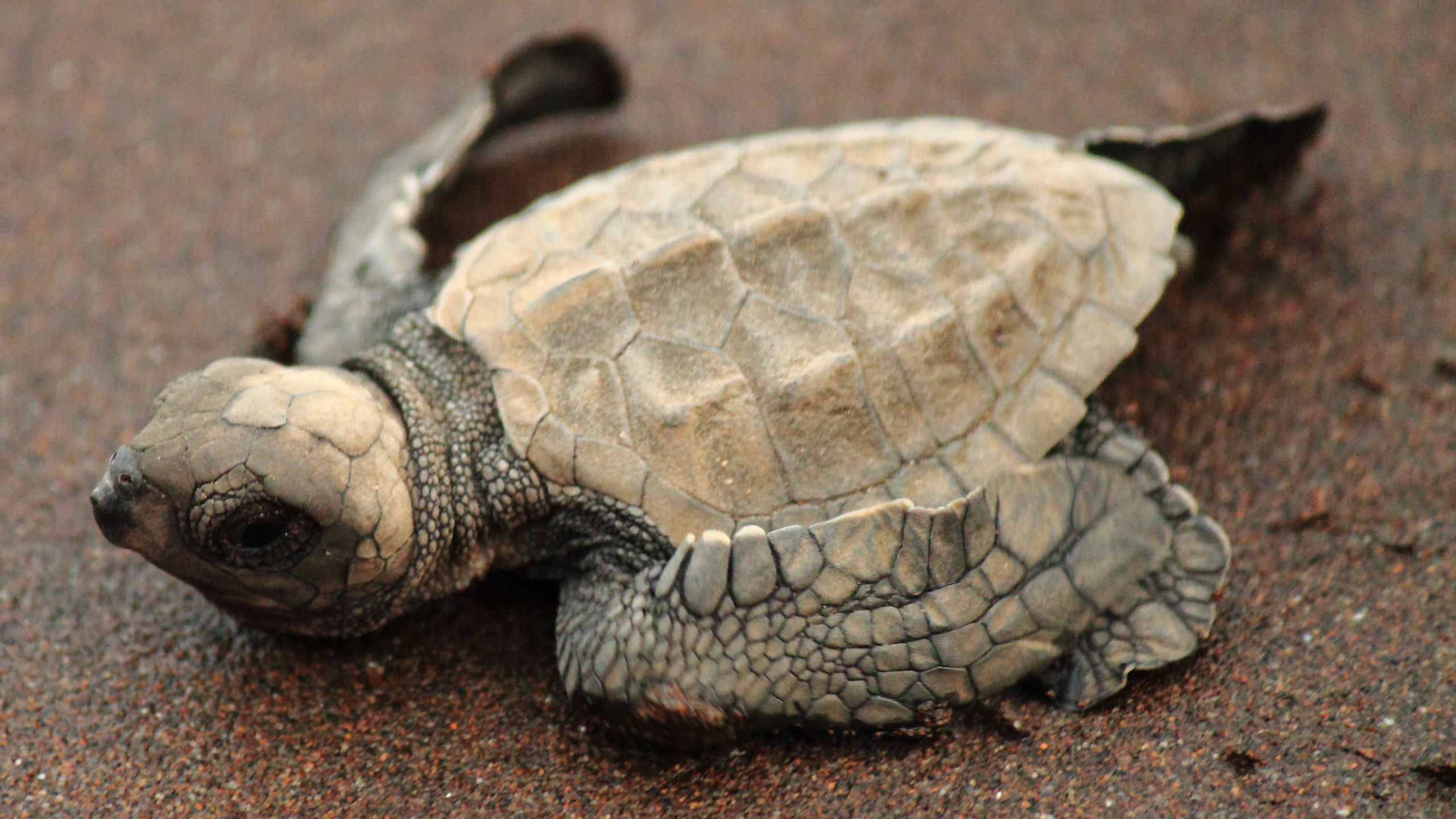Velas is known to play host to the Olive Ridley turtles that visit its beaches to lay their eggs. Each year, during the hatching season an Annual Turtle Festival is organized, which is visited by hundreds of tourists from across the country. Captured here are some pictures related to my trip to Velas in February 2014.

Velas is a tiny village in the Ratnagiri district on the western coast of Maharashtra. This remote village shot into prominence for the Olive Ridley turtles that visit its beaches to lay their eggs.

Bankot is a small town on the south shore of the entrance of the river Savitri and the passageway to reach Velas. Bankot is known for its fort by the same name.

Bankot fort which is located on top of a hill was controlled by Adilshahi before it fell into the hands of the Portuguese. It was later rechristened as Himmatgad by the Marathas after they gained control of the fort from the Portuguese.

One of the bastions that still stand tall among the ruins of the Bankot fort.

The eggs of the Olive Ridley turtles are protected by the local NGO called Sahyadri Nisarg Mitra, which has been involved in turtle conservation in and around Velas. We were fortunate that there were a few hatchlings ready to be released into the sea, during our visit to Velas.

The Olive Ridley turtle (Lepidochelys Olivacea) is named for the greenish colouration of the adults. They are one of the smallest of the sea turtles measuring about 2 feet in length and approx. 40 kg in weight. During their arduous journey towards water, they face several obstacles due to artificial lights, rocks, footprints, driftwood and even predators like birds, dogs and fishes.

While the Olive Ridley turtles are solitary, they travel thousands of miles every year, and come together as a group only once a year for the ‘arribada’, when females return to the beaches where they had hatched, to lay eggs.

The temperature of the sand in which the eggs incubate determines the sex of the hatchlings. A warmer temperature would yield female offspring while a cooler temperature yields males.

Once out of their nest, the Olive Ridley turtles are guided by the light and they quickly make their way to the water. They make use of cues such as the slope of the beach, the white foam of the waves and the light of the sea’s horizon. At the time of shooting this release in Velas, we were advised against the use of the camera flash as it would have confused the hatchlings.

Splash! The first of the turtles finally hits the water after its long and tedious journey across the beach. Once the turtles reach the water, they begin what is called as the ‘swimming frenzy’ or hyperactive swimming that helps them to survive their predators till they reach the ocean currents.

Amid cheers and claps, all the turtles reach the water and are swept around by the waves for a while before they begin to disappear one by one into the sea. Once in water, their “lost years’ begin and their whereabouts will not be known for a very long time till they to the coastal areas to forage.

